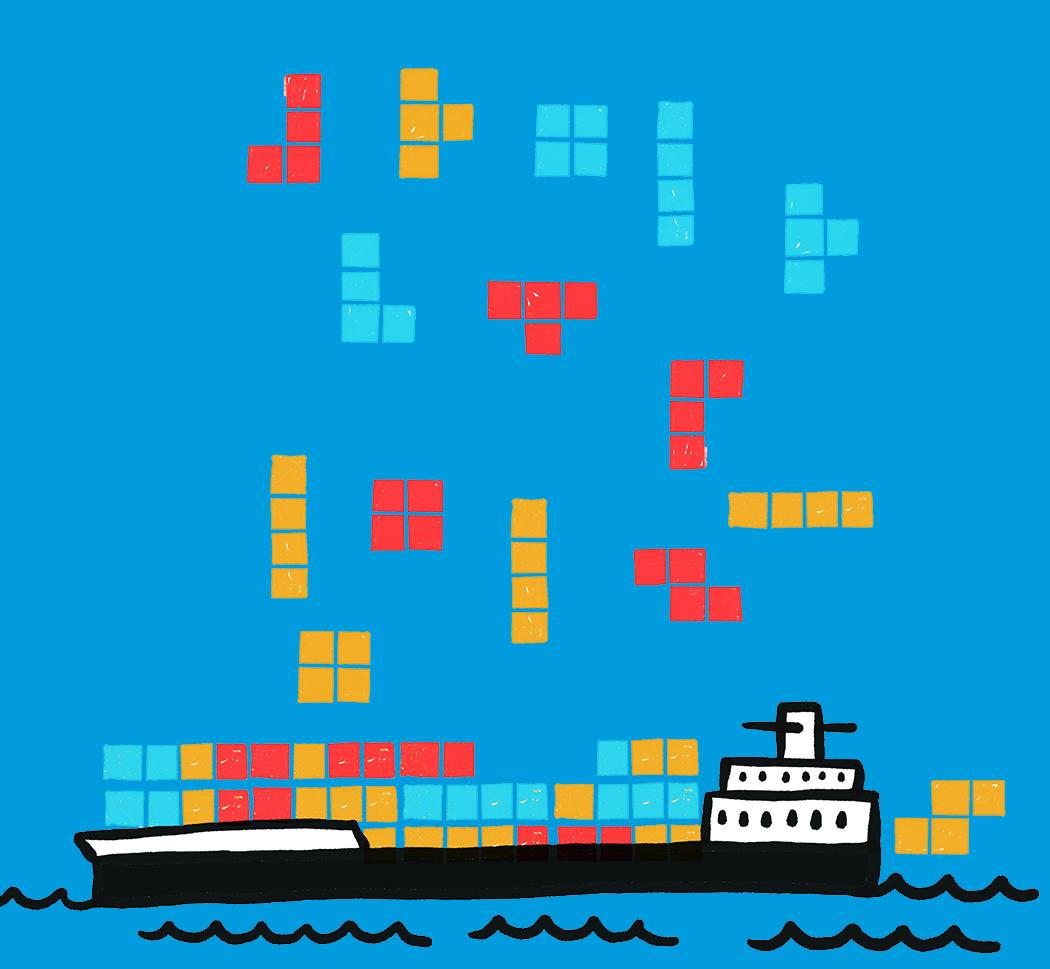
IESE Insight
Managing supply chains in a world that is no longer flat
Deglobalization and digitalization were gathering force when COVID-19 confirmed what many companies already suspected: Supply chains need to undergo a fundamental transformation. Here’s how to make supply chains more agile and resilient.
In early 2020, as the COVID-19 pandemic brought the world to a halt, LG Electronics sensed it had to stop injecting more products into its supply chain or else it would have a big problem on its hands. Like many multinationals, it had a vast global supply chain to coordinate — clients, distributors, factories, procurement centers and decision-makers, from Europe to South Korea. It had to work out exactly how much inventory was delivered, how much was on its way, and how much was already in or about to enter production.
Thankfully, “our supply chain is extremely quick and agile,” Gabriel Mesas Paton, managing director of operations for LG Electronics, told a panel on Resilient Supply Chains organized by IESE’s Fintech Club in February 2021. “We monitor inventory in the channel daily, receiving sell-out and sell-through information from clients in real time.” In less than three days, LG Electronics had stopped feeding more goods into its channels and had an updated plan for its supply chain.
Not everyone was so agile. For many companies, COVID-19 came on top of fundamental changes in the business landscape that have been building for years. Together, these challenges are forcing a dramatic transformation of supply chain management from which there is no going back. Companies must make changes on multiple fronts — on both the supply and demand sides, in digitalizing supply chains, and in upgrading their leadership. In doing so, they will find challenges but also many opportunities ahead.
Forces of deglobalization
Global supply chains have driven and defined globalization over the past few decades. Not that long ago, an estimated 70% of world trade was carried out through global value chains spanning multiple industries and dozens of countries. Consider smartphones: Components sourced from companies mostly in East Asia are assembled in Taiwan, with finished products transported to high-demand consumer markets around the world. Such supply chains are long, slow and inflexible — but they generally work so long as labor and transport costs are low.
But conditions have changed. Even before COVID-19 hit, companies were considering major changes or a complete overhaul of their production and supply chains, according to a 2019 Baker McKenzie survey of 600 multinationals.
The following forces of deglobalization conspire against the “flat world” hypothesis that some had taken for granted:
- Trade challenges. By 2019, global trade growth had fallen to 2.1% from 5.5% in 2017, according to The Economist. New trade barriers and costlier tariffs were reducing the cross-border trade intensity of goods, even before COVID-19 added a whole new raft of safety and hygiene regulations. The Brexit referendum and the U.S. election of Donald Trump in 2016 were both signs that shakeups in international trade were coming. Indeed, since Brexit went through, whole new sets of rules and paperwork are making trade bumpier with Britain.
- Demand uncertainty. Faster changing and more uncertain customer demand has made time-to-market ever more important. COVID-19 has amplified this further.
- Sustainability. Customers are becoming more sensitive to environmental aspects, such as goods’ carbon footprint, as well as safety and traceability, which boosts the case for more local sourcing.
- Services. Increasingly, trade of services, rather than of mass-produced goods, is becoming a core part of what supply chains need to manage.
- Emerging markets. As China and India’s share of global consumption has increased, companies have been building more regional supply chains to serve that demand more directly and adapt faster to local requirements.
- Advanced robotics, AI & Internet of Things (IoT). New technologies are making supply chains more knowledge-intensive and more reliant on high-skill labor, which makes labor cost arbitrage less important than it was in the past. Traditionally, for labor cost arbitrage to be attractive, the labor cost level of the exporting country had to be less than 20% of the level of the importing country — yet that rule of thumb applies to less than 18% of global goods traded today, according to McKinsey. In some cases, salary levels on the Chinese coastal areas are approaching those in Eastern Europe.
What’s clear is that “low cost” is no longer the predominate focus of supply chain decisions, and that COVID-19 was the final nail in the coffin for the way globalized operations used to be managed.
Given these challenges, making a few tweaks to existing supply chains isn’t enough. Fundamental overhauls are required, especially to better manage disruption risks like those we have experienced over the past year. Let’s consider the critical adaptations to make — as well as the interesting opportunities arising — in several key areas.


